
Having a well-trained dog is essential for both the dog's well-being and the owner's peace of mind. Training your dog not only helps to establish a strong bond between you and your furry friend but also ensures that they can navigate the world around them safely. Whether you have a new puppy or an older dog, it's never too late to start training. In this article, we will explore some effective dog training techniques and tips that will help you in achieving a well-behaved and obedient companion.
1. Start with Basic Commands
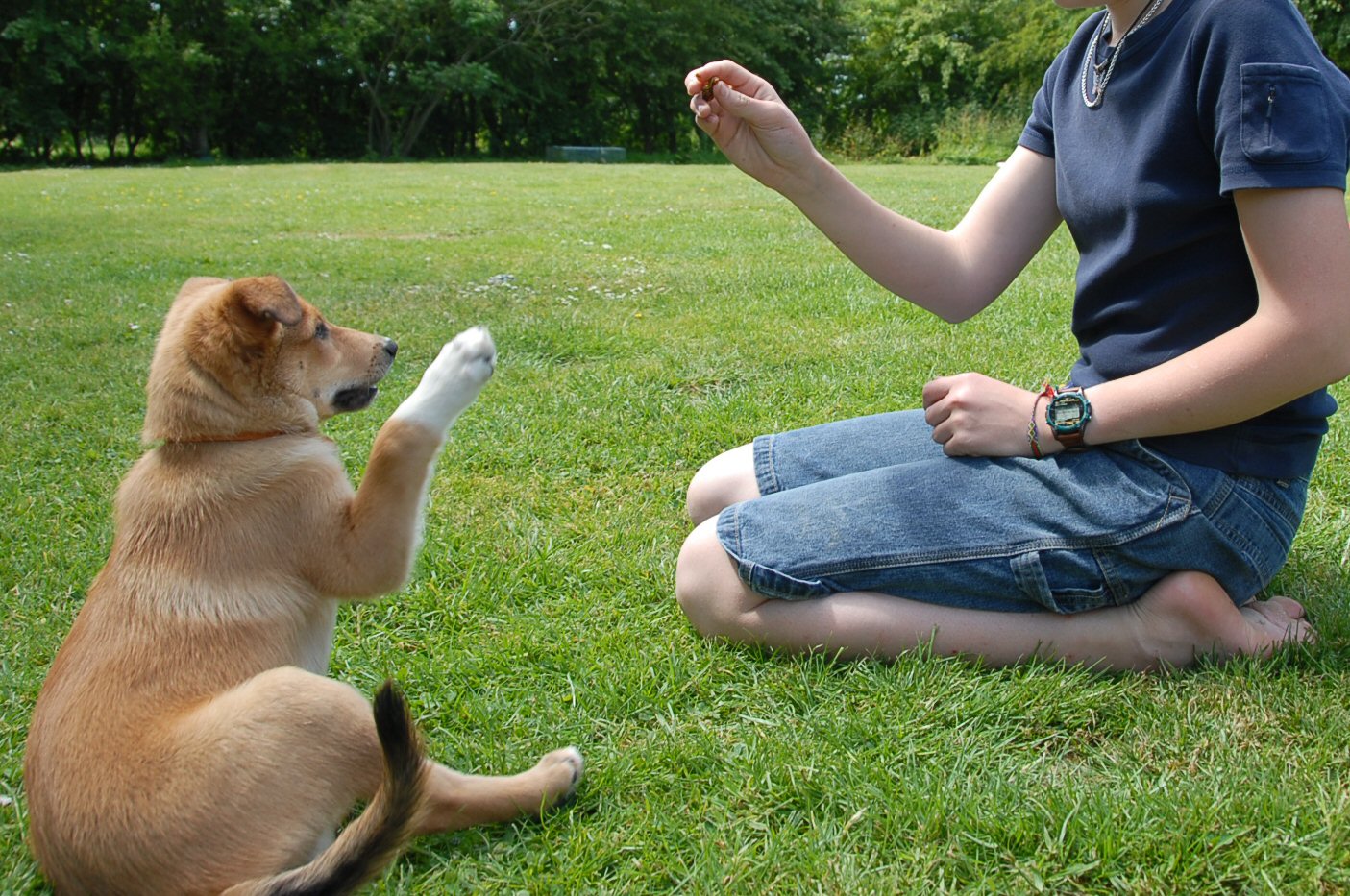
The foundation of any dog training program begins with basic commands such as sit, stay, come, and down. These commands provide your dog with a structure and establish you as the leader. Start with one command at a time, using positive reinforcement techniques like treats and praise. Repeat the command consistently and reward your dog when they follow it correctly. With practice, your dog will learn to associate the command with the desired action.
2. Use Positive Reinforcement
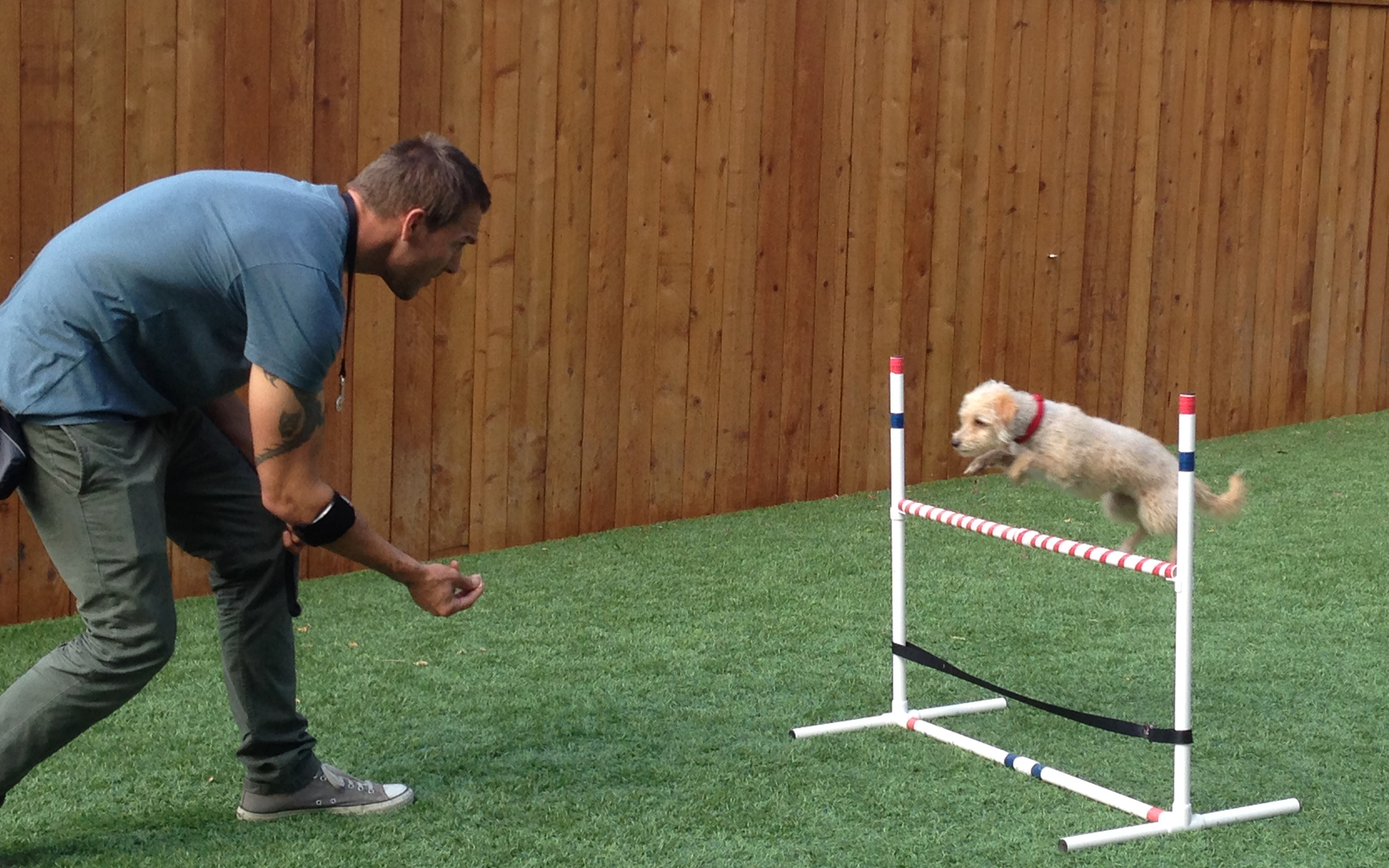
Positive reinforcement is a powerful tool in dog training. It involves rewarding your dog for good behavior, rather than punishing them for mistakes. When your dog follows a command correctly or displays desired behavior, immediately praise them and offer a treat. This positive association motivates your dog to repeat the behavior in the future. Remember to be patient and consistent with positive reinforcement, as it can take time for your dog to understand what is expected of them.
3. Consistency is Key
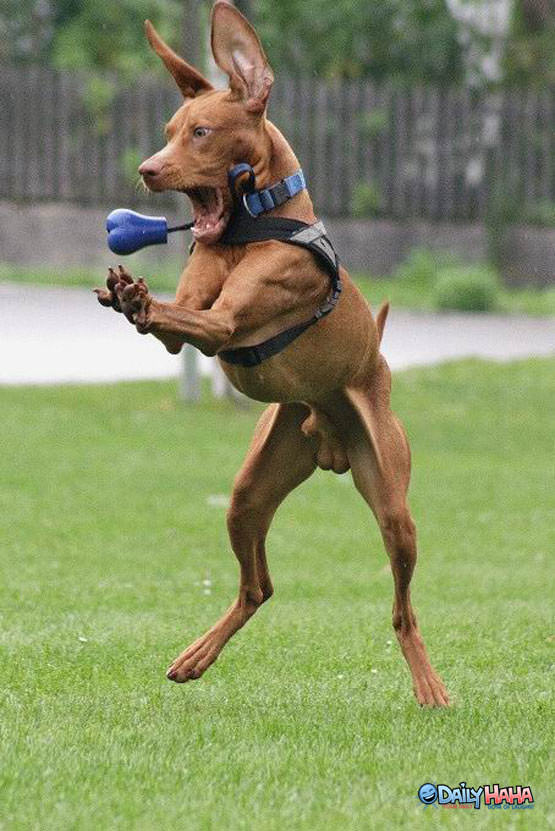
Consistency is crucial when it comes to dog training. Dogs thrive on routine and repetition, so it's important to be consistent with your commands, expectations, and rewards. Use the same verbal cues and hand signals for each command, and ensure that everyone in your household follows the same training techniques. Inconsistency can confuse your dog and make the training process longer and more challenging.
4. Patience and Persistence
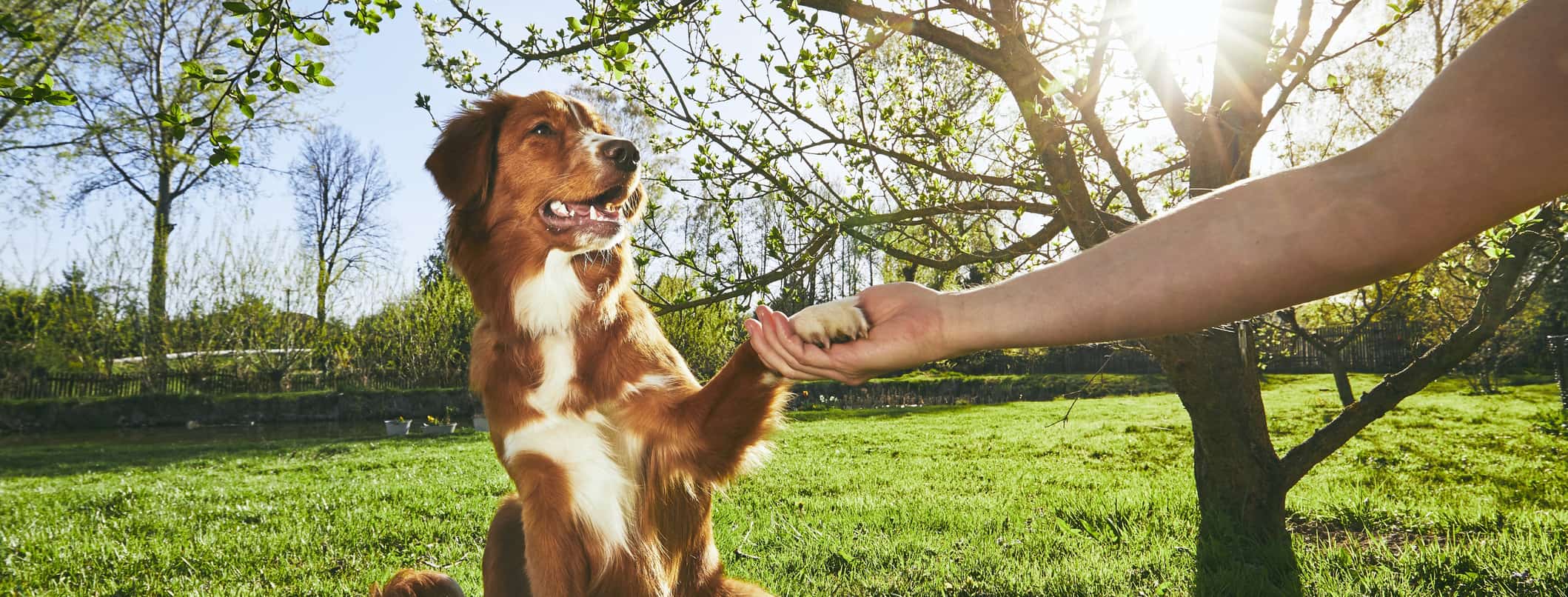
Training a dog takes time, patience, and persistence. Dogs, like humans, learn at their own pace, so it's essential to remain patient throughout the training process. Some dogs may grasp new commands quickly, while others may require more time and repetition. Avoid getting frustrated or using harsh punishments, as this can hinder your dog's progress and damage the trust between you. Stay positive, celebrate small victories, and keep working towards your training goals.
5. Socialization is Essential

Socializing your dog is a crucial aspect of their training. Exposing your dog to different environments, people, and other animals from an early age helps them become well-adjusted and confident. Take your dog on walks, visit dog-friendly parks, and arrange playdates with other dogs. Gradually expose your dog to new experiences while ensuring their safety. Proper socialization reduces the risk of fear-based aggression and helps your dog develop into a friendly and sociable companion.
6. Addressing Behavior Problems
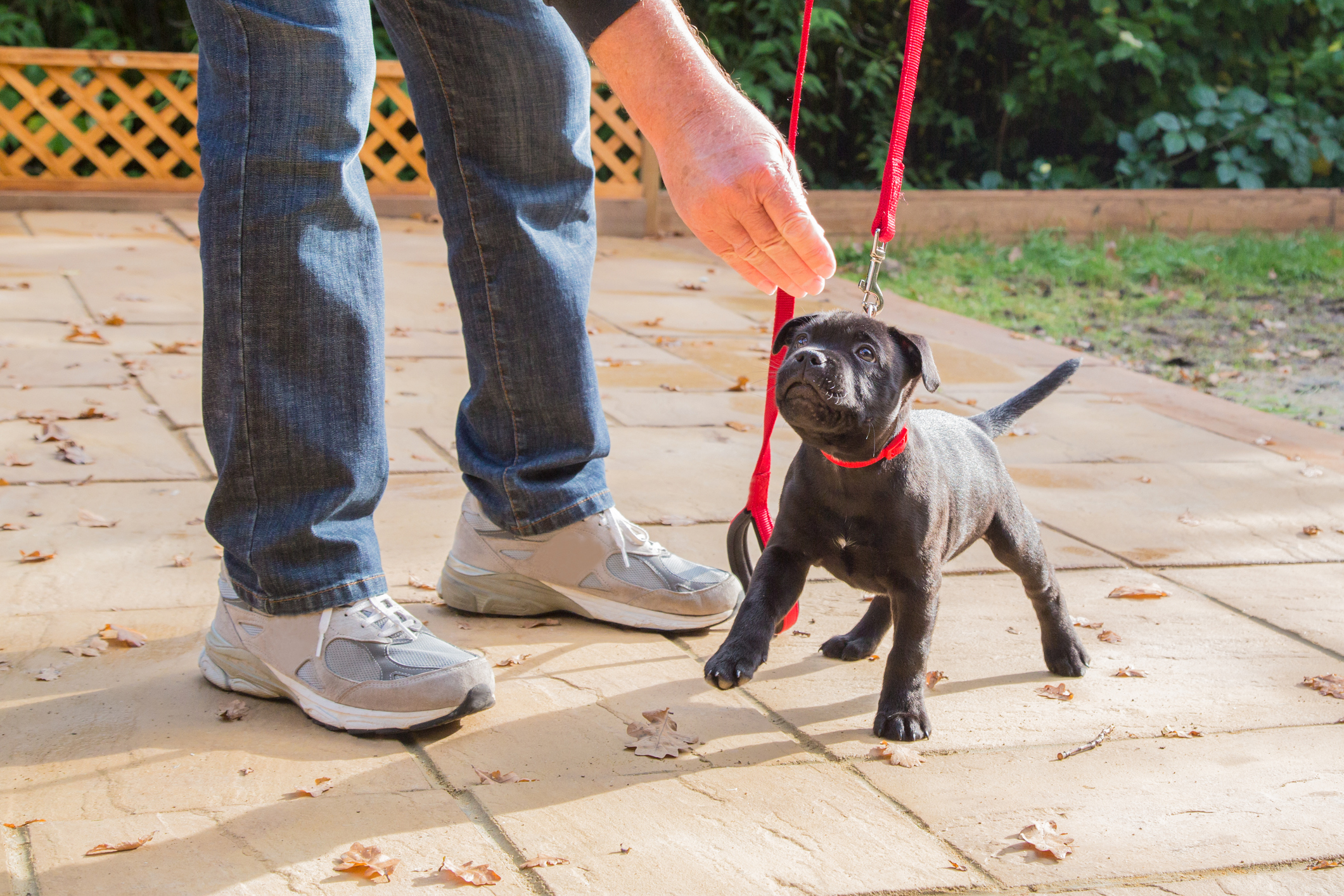
During your dog's training journey, you may encounter behavior problems such as excessive barking, chewing, or aggression. It's essential to address these issues promptly and appropriately. Understand the underlying cause of the behavior and consult with a professional dog trainer or behaviorist if needed. They can provide guidance and develop a tailored training plan to address the specific problem. Remember, addressing behavior problems with patience and positive reinforcement is more effective than punishment.
7. Keep Training Sessions Short and Fun

Dogs have a limited attention span, so it's important to keep training sessions short, frequent, and enjoyable. Aim for multiple short sessions throughout the day rather than one long session. This helps prevent your dog from becoming bored or overwhelmed. End each session on a positive note, with a command your dog knows well, followed by a reward. By keeping the training sessions fun and engaging, your dog will look forward to learning and eagerly participate.
8. Leash Training

Leash training is a vital aspect of dog training, ensuring that your dog can walk beside you without pulling or misbehaving. Start by introducing your dog to the leash, allowing them to sniff and explore it. Begin walking with your dog on a loose leash, rewarding them with treats and praise for walking by your side. If your dog pulls, stop walking and wait for them to return to your side before continuing. With consistent training, your dog will learn to walk politely on a leash.
9. Crate Training
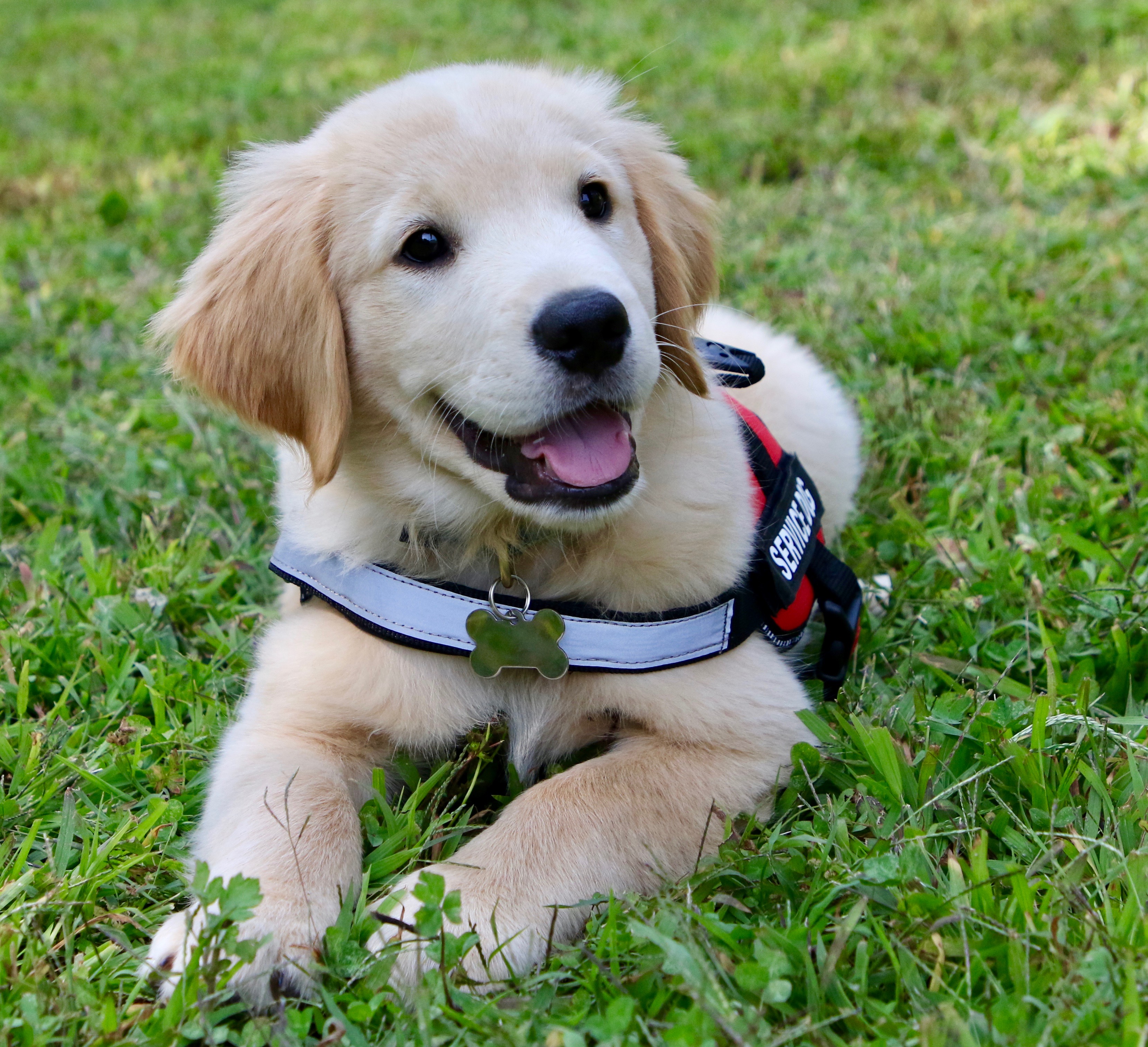
Crate training is a valuable skill for both you and your dog. A crate can provide a safe and comfortable space for your dog when you're unable to supervise them. Introduce the crate gradually, making it a positive and inviting place by placing treats and toys inside. Start with short periods of confinement and gradually increase them. Never use the crate as a form of punishment, but rather as a place where your dog feels secure. Proper crate training helps with housebreaking and prevents destructive behavior.
10. Seek Professional Help if Needed
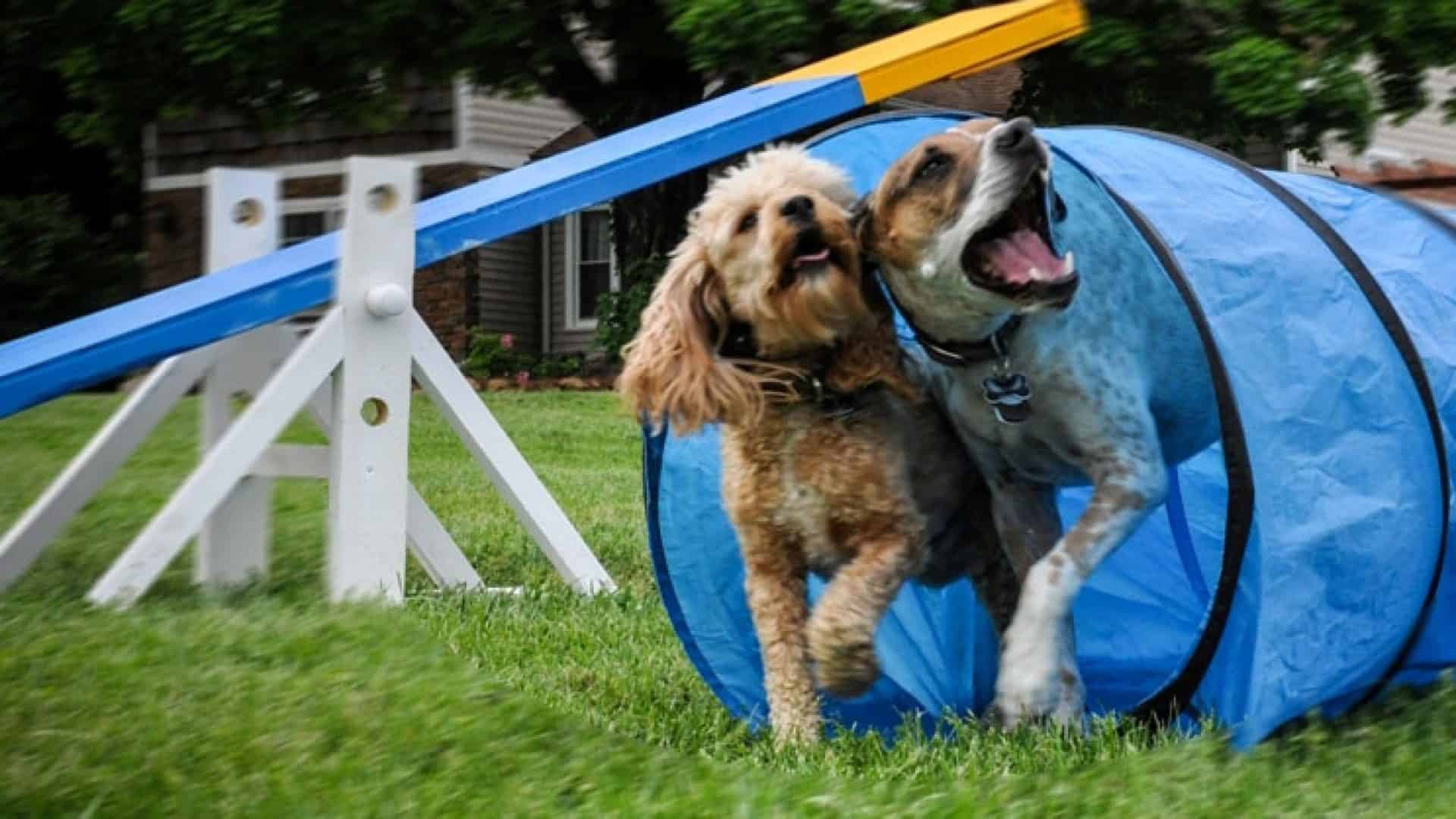
If you're struggling with training your dog or facing specific challenges, don't hesitate to seek professional help. A certified dog trainer or behaviorist can provide expert guidance tailored to your dog's individual needs. They can assess the situation, offer personalized training techniques, and help address any underlying behavioral issues. Investing in professional help can significantly improve the success of your dog's training and strengthen the bond between you and your furry companion.